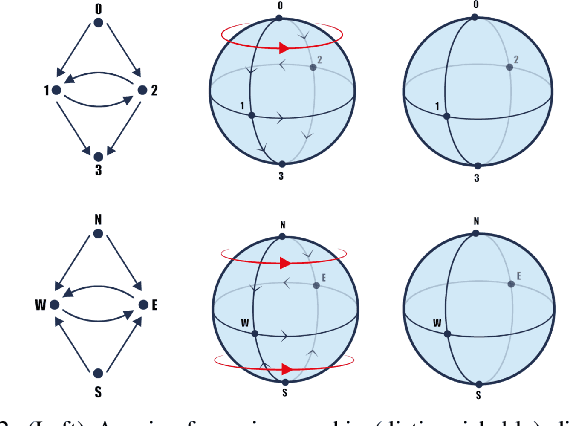Higher-Order Topological Directionality and Directed Simplicial Neural Networks
Paper and Code
Sep 12, 2024



Topological Deep Learning (TDL) has emerged as a paradigm to process and learn from signals defined on higher-order combinatorial topological spaces, such as simplicial or cell complexes. Although many complex systems have an asymmetric relational structure, most TDL models forcibly symmetrize these relationships. In this paper, we first introduce a novel notion of higher-order directionality and we then design Directed Simplicial Neural Networks (Dir-SNNs) based on it. Dir-SNNs are message-passing networks operating on directed simplicial complexes able to leverage directed and possibly asymmetric interactions among the simplices. To our knowledge, this is the first TDL model using a notion of higher-order directionality. We theoretically and empirically prove that Dir-SNNs are more expressive than their directed graph counterpart in distinguishing isomorphic directed graphs. Experiments on a synthetic source localization task demonstrate that Dir-SNNs outperform undirected SNNs when the underlying complex is directed, and perform comparably when the underlying complex is undirected.
 Add to Chrome
Add to Chrome Add to Firefox
Add to Firefox Add to Edge
Add to Edge